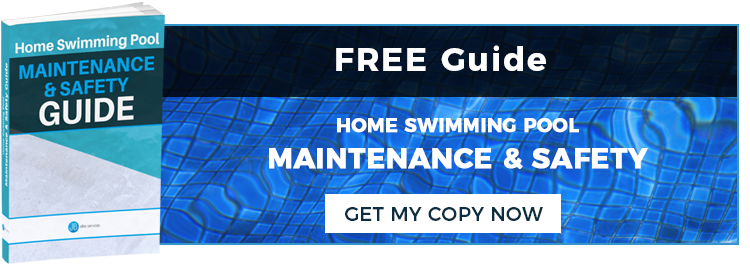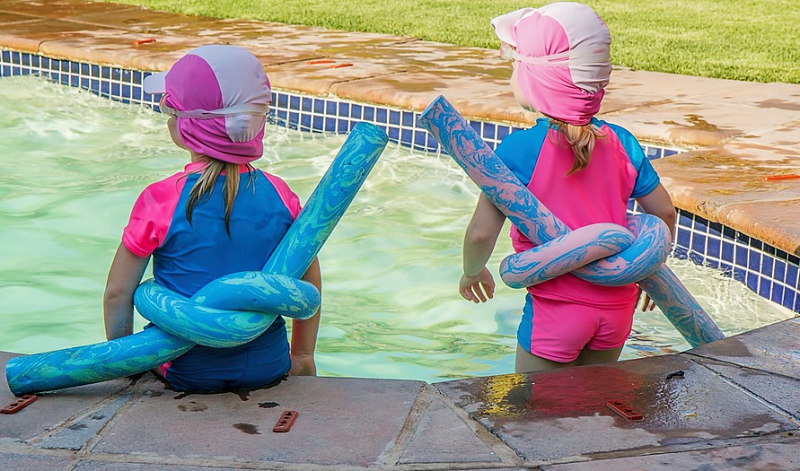Most of the time, swimming pools are about relaxation, fun, and letting go of stress. However, when things go wrong, the day can turn from perfect to tragic in a matter of minutes. Despite this, many swimming pool accidents can be prevented, especially the particularly gruesome problem of entrapment. Read on for the JB Elite guide on how to eliminate the risk and keep heads and bodies above water.
What Is Entrapment?
Entrapment is the technical term for swimmers – most often children – becoming stuck to the bottom of a swimming pool due to the very strong suction caused by poorly maintained drains.
If a drain becomes damaged or is incorrectly set up, it can create a powerful vacuum effect.
When this happens, the swimmer is sucked downwards onto the drain, and pinned there with such force that even grown men are often unable to pull them away. If the person can eventually be freed, the result is often life-threatening evisceration.
Another common form of entrapment involves long hair, clothing, or limbs being pulled into the suction outlet. If the drain cover is poorly maintained, missing or broken, the swimmer can become locked into the vortex. This can easily lead to drowning, as well as a range of serious injuries.
Safety In Numbers?
Others may themselves drown when they try to help. This is thought to be what happened recently when three members of the same family drowned in a pool on the Costa del Sol in Spain. In that instance, both a father and son drowned while trying to rescue a young girl.
Although rare, in countries with large numbers of pools, around 100 of these horrific incidents are reported annually. An average of 10% of entrapments will be fatal, although that number may be considerably higher. For instance, the Costa del Sol tragedy was officially reported as ‘drowning’, despite apparent evidence to the contrary.
Can Pool Drains Ever Be Safe?
Swimming pool drains are usually completely safe, as long as they are designed and maintained properly. The best strategy with entrapment risk is to prevent the problem from occurring rather than, for instance, relying entirely on emergency protocol.
Preventing entrapment involves several steps.
- Firstly, the drains must be the right size and type for their location, the water volume, pool shape, and they must be positioned correctly.
- Secondly, the maximum flow rate must be set correctly. If this is too high, the resulting pull will be too strong for the natural resistance of the water.
- Thirdly, great care needs to be taken with suction outlets. These need to have several layers of anti-entrapment protection, which in turn need to be properly maintained and serviced.
- Finally, suction covers must be damage-free and always in place when the pool is in use. Damaged covers are a primary cause of cases such as hair becoming entangled.
Pools can also be fitted with various devices that will disable the drain in the event of an emergency. There are several available options, such as vacuum release systems, pump shut-off systems, and set-ups that use either gravity or vents to reduce the required suction force.
How Can I Ensure My Drains Are Safe?
The ideal strategy is to engage a specialist. This means that all aspects of the drain’s safety can be professionally examined. Experts will also be able to advise on the ideal safety devices for different pool requirements.
What Next?
JB Elite has many years’ experience in helping to prevent swimming pool accidents. For more information about how to ensure the safety of your pool, please give one of our pool maintenance engineers a call today.


